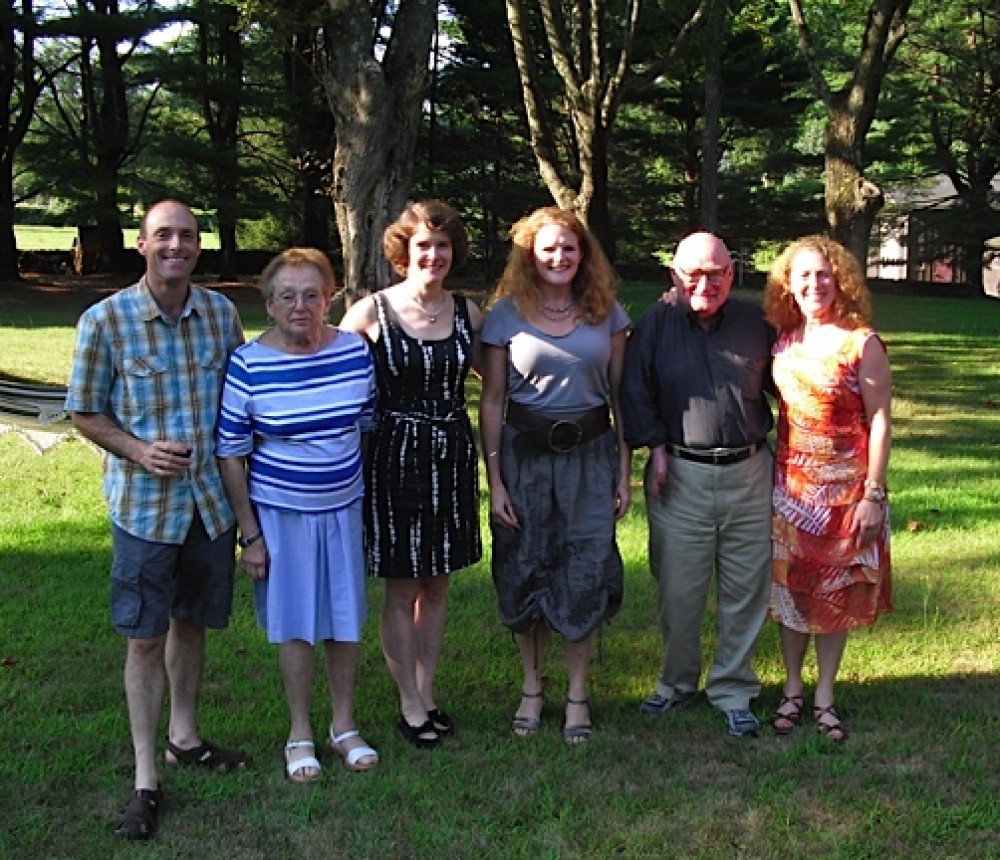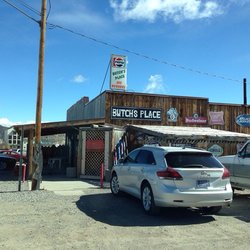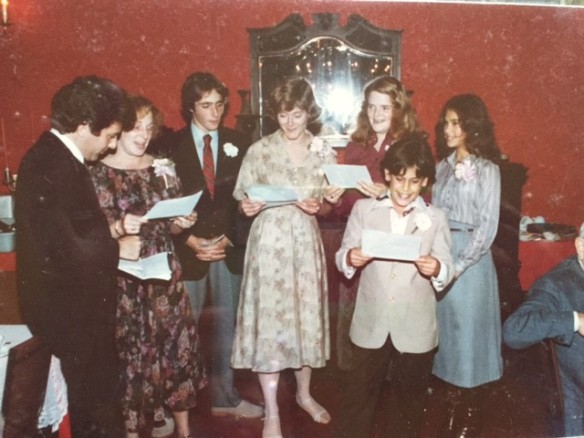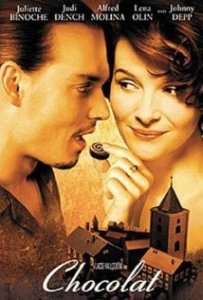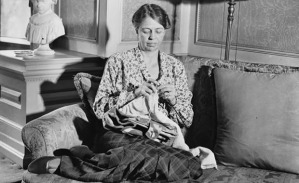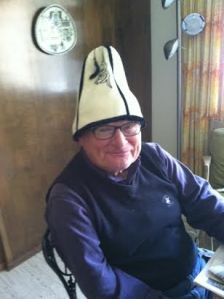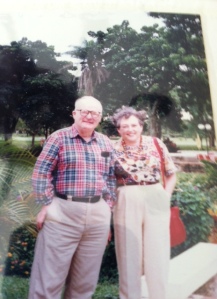For more than 30 years, I’ve served as a Justice of the Peace. The town has 15 appointed Justices of the Peace who have the authority to exercise their jurisdiction throughout the state. Arrests are part of the J.P.’s job description, but I’m happy to let sheriffs and other law enforcement agents does that. Luckily I haven’t had to make any arrests. I have notarized countless legal documents but by far my most favorite task is officiating at weddings.
Forget the Hollywood image of the Justice, clad in a wool plaid bathrobe and carpet slippers, answering the door at 2:00 A.M to unite an eloping couple in wedlock. Even weddings that are of short notice are usually well planned. The ceremonies and receptions vary from very simple to elaborate and the principals are in beautiful wedding attire. People of all ages and backgrounds find that a Justice of the Peace serves their needs. Many like to plan their own ceremony and don’t want a religious service. Also, a justice’s fees are less than that of a clergyman.
Of all the family nuptials that I performed, a niece and nephew’s ceremony was indeed unique. Since the bride’s parents were away, they decided to postpone the reception to a date when her parents could participate. They requested a small service with only the groom’s parents as witnesses. I prepared only the closing statements, and even this was more than they wanted. I was accommodating, and simply pronounced them, Husband and Wife. My sister-in-law and brother-in-law apologized because their children were unappreciative. It was their marriage and I wanted to please them. They did show their appreciation by giving me a gift; a book on contemporary wedding ideas, which subsequent couples have found invaluable. To compensate for the brief service, they recited a lengthy treatise, at the reception, about their reasons for tying the knot.
Usually I meet with my clients a couple of times before the event. We talk about their preferences and I let them borrow books with numerous ceremonies and ideas. I encourage them to be creative, and even conduct the service themselves, if they choose. My obligation is to pronounce them united in matrimony, sign the marriage license, and be certain that the license is filed with the municipality, where the union took place. I present the newlyweds with a printed copy of the service in a folder, along with a souvenir “Marriage Certificate” that I create on the computer. The certificate has no legal status but serves as indication, if needed, that they are married, since it bears my signature. Some couples present me with a printed copy of their ceremony. I save these to show other couples seeking advice on how to write their own vows. After the wedding vows are sealed, I am the first to congratulate each party with a kiss. I admit; I’m a sentimentalist and can’t be trusted not to cry.
I’ve conducted quite a number of weddings at two nearby picturesque locations. One is in front of the water wheel at Chatfield Hollow State Park. These weddings are usually followed by a barbeque reception. Hammanasset State Park, on the Long Island Sound, is another popular choice. I recently performed a wedding on a hill, at Hammanasset, where Long Island can be sited. The bride, in her late 40’s, was previously married and had a family. The groom was a bachelor in his fifties. He toasted his new bride with a promise that they would be able to enjoy a long loving life together, even though they married at a later age. He had the guests in stitches, as he described the medical breakthroughs, which would make this possible.
Connecticut honors same sex marriages, yet I have not had the opportunity to unite couples of the same sex. The examples of same sex ceremonies, included in the newest manual for J.P.s are similar to other ceremonies with a few changes in the wording. As in all weddings, we consider the couple’s preferences. Another Justice, from Killingworth, had performed both gay and lesbian marriages, and described her emotions to me. This is a population that has struggled for recognition and equality, doesn’t take their marriages lightly, but cherishes the rights they’ve won to be married to their loved ones.
A good friend of mine wanted me to do her wedding but she and her fiancé moved to Virginia and planned to be married there. Disappointed, I explained that I could only work within the boundaries of Connecticut. Her reply? “I’ll figure something out” and she did. She hired a Virginia magistrate, and for $45.00, he signed the marriage license. Although I was accompanied by my husband, down the aisle, I stood at the alter with the magistrate, and the bride and groom. I read the ceremony; he pronounced them “husband and wife”. He congratulated them, wished them luck and left. I kissed the entire wedding party and enjoyed the reception.
My oldest daughter, Lisa’s wedding was a reverse situation. My son-in-law requested the services of a Rabbi, a friend from college. Although Steve was able to fulfill the religious requirements of the marriage he was unable to comply with state regulations because he was still a student and was not yet ordained. . As a J.P. I was legally qualified to perform a civil service, and their wedding license bears my signature.
I’ll never forget my son David’s marriage to Ioulia. David’s bride was from Russia and she had time limits on her visa. They wanted me to conduct the ceremony; we set the date for May 18th. During April, of that year, my husband and I were in Bolivia, on a poultry project for Aid to International Development. Marty wanted to extend the project and I explained that we had to be home in time for David and Ioulia’s wedding. We arrived home on May 2nd. Marty was already asleep when David asked me if I could perform the service that evening because their marriage license was about to expire. We woke Marty up and married David and Ioulia in our kitchen.
Since Ioulia had no family or friends in the United States, they wanted a home wedding with just the immediate family present and a “Thanksgiving Dinner.” They consented to a guest list including 22 of the closest family members. On May 18th the weather cooperated and we repeated the same service that was performed on May 2nd, under the trees on our lawn. The bride wore a lovely emerald green silk dress. They didn’t mention flowers so I just bought Ioulia a small bouquet. In adherence to the Russian tradition, Ioulia gave flowers to each of the female guests. The formalities were followed by hors d’oeuvres on the patio. Dinner was as delicious as any home cooked meal could be, and David’s younger sister, Madeline, made the wedding cake. 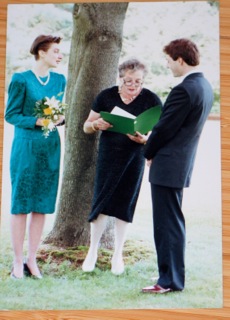
If you want to get married in Connecticut, give me a call!

